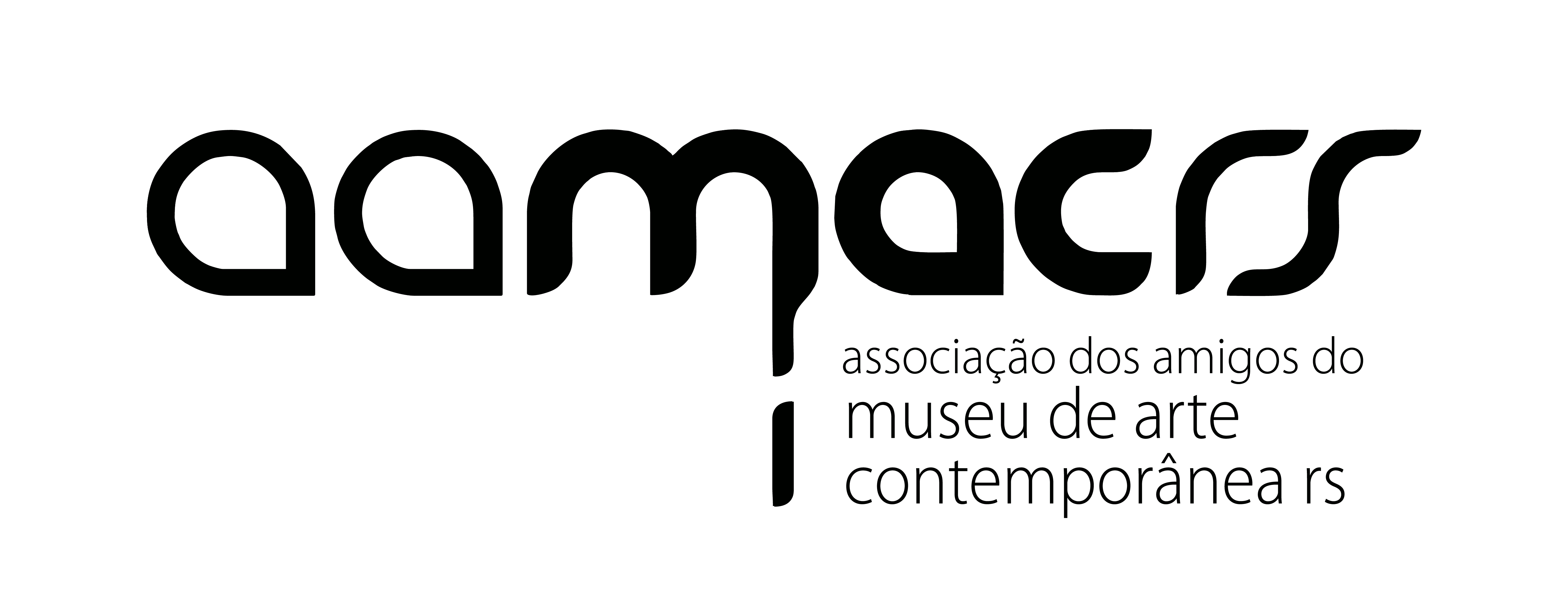How To Move The Team Through The Stages Of Team Development
Содержание
Explain how team norms and cohesiveness affect performance. This is the stage when the team evolves into a well organized cohesive unit. The name “Storming”, rightly suggest, storms or turbulence. It is a stage where the team may face lot of turbulence.
Team performance may actually decrease in this stage because energy is put into unproductive activities. Members may disagree on team goals, and subgroups and cliques may form around strong personalities or areas of agreement. To get through this stage, members must work to overcome obstacles, to accept individual differences, and to work through conflicting ideas on team tasks and goals. Failure to address conflicts may result in long-term problems.
- Interns prepare reports on their experiences, highlighting the best and worst tasks.
- There is a clear and stable structure, and members are committed to the team’s mission.
- One of the biggest critiques to the model is that it sometimes is too simplified when presented in a linear way.
- It’s important to note that, since you’re dealing with humans, there’s no way to fast-forward to this stage because your team needs time to become comfortable with each other.
- While the team forms, the role of the leader is to give clear direction, set out the goals and objectives, and help the team members understand exactly what the leader expects them to do.
- They may also be polite and nervous about how the team will gel.
Your organization benefits significantly from the five stages. As a team goes through the stages, individual members learn more about their potential and how to work dynamically as part of a collective. The team development stages also acquaint members with each other’s talents and roles and prepare them for future leadership positions. In the norming stage, the team falls into a rhythm and starts to work as a cohesive task force.
Norming Stage
A group of people are first brought together as a team in this stage. Once the group members become more familiar with one another, the next stage of group development begins. During this stage, team members will be cautious with their behavior as they try to assimilate with the group. The real personalities of the team won’t be revealed until later; in the beginning, getting along with the rest of the team members is of primary importance. The visit of a sales manager to a sales executive out on their ‘territory’ should be an opportunity for growth and development for the executive, the sales … Norming – when rules are finalised and accepted and when team rules start being adhered to.
The manager must go over again the agreements made by the team during the forming stage and ensure that the understanding is uniform across the team. The earlier in the storming stage this is revisited the better and this is where the aware coaching manager comes into his or her own. All that achieves is compliance and team members will still have the same misunderstandings about what is going on. This is when a lot of talking goes on “behind the manager’s back” This is very unhealthy for a team. Storming usually arises as a result of goals, roles and rules all becoming confused and unclear.
The outreach intern gets upset because the intern lead submits their lesson plans at the last minute, but they have different responsibilities. They need to communicate and find a middle ground to resolve the issue. Interns can also receive their first task and instructions after briefs on the project or client. And get periodic check-ins and meetings to discuss progress and challenges.
The Ultimate Guide to Seven Software Development Models Published by Intetics – EIN News
The Ultimate Guide to Seven Software Development Models Published by Intetics.
Posted: Tue, 13 Sep 2022 12:08:00 GMT [source]
The team now gets down to doing its job by taking on responsibilities and making decisions that affect its outcomes. Activities include; introductions, icebreakers that foster familiarization, and sessions to understand the project. The framework builds character, allowing team members to grow, become more effective, improve interaction and boost confidence. Schedule regular reviews of where your team is, and adjust your behaviour and leadership approach appropriately. There are other advantages to tracking your time with an app though.
The Five Stages Of Team Development
If you’ve visualized team hierarchy and processes during the forming stage, you can use those visuals to reiterate how team members should be working together. Team leaders may want to use visuals, such as swimlane diagrams and process flows, with everyone’s roles and responsibilities clearly outlined. Such visuals can be easily distributed to the group and can prevent arguments and confusion. Think back to your high school days when you were assigned a group project in one of your classes.
Bottlenecks get addressed promptly and with purpose since the team can easily collaborate and create the solutions required to get everyone back on track. Challenges have a minimal impact on team performance and morale because members have strategies for resolving them without compromising project timelines and progress. A team’s performance is at peak capacity at this stage because everyone has learned to identify and leverage each other’s strengths for the common good.
Additionally, when employees understand how different communication styles work, they’ll be more respectful of different approaches and welcome new ideas. This results in an open environment where people communicate information freely and work through disagreements quickly and effectively. As the group starts to familiarize themselves, roles and responsibilities will begin to form.
The third stage norming most of your conflict has resolved. Most relationships between team mates settle down, and cohesion starts to develop. There is a bond happening between team members, the give ideas and feedback. Personal friendships may develop at this point, and if someone is excluded it may cause problems. This is also is where the project manager acts as a mentor and helps team members.
Early on, create an environment that is open and non-judgmental. Write down every idea that is offered, no matter how ridiculous it sounds. Some of the greatest entrepreneurs and inventors have had failed companies and ill-conceived ideas.
If you are the leader, remind members that disagreements are normal. (Although, it does make the stages easier to remember.) Each is aptly named and plays a vital part in building a high-functioning stages of team development team. For example, the seven-member executive team at Whole Foods spends time together outside of work. Its members frequently socialize and even take group vacations.
Trust Behaviors To Move Through The Tuckman Model
When one person fails to complete a task, the rest of the group suffers. Nobody likes a Negative Nancy or Debbie Downer either. Tell teams what they are doing right as well as what they need to improve. For every brilliant idea, there are 100 terrible ones. Encouraging your team to share their ideas and opinions is the key to finding the “big ideas”. When members disagree about something, listen to each side.

Learning how to handle dissonance early strengthens a team and readies teammates to overcome more complex challenges with grace. Skipping this crucial development stage can stunt a team’s growth and delay true harmony. This is the second stage of the team development process. It involves a challenging yet critical transition from the laid-back forming stage.
Performing
This is one of the most crucial points for building trust and forming resilient relationships. The performing stage is critical to the team, and reaching it usually portends the success that’s to come. It also precipitates team learning, which is the process of gathering, discussing, and rolling out the strategies for team success. Team learning can happen through group initiatives, innovative leadership, and training and is essential in ensuring healthy team development. If teams get through the storming stage, conflict is resolved and some degree of unity emerges. In the norming stage, consensus develops around who the leader or leaders are, and individual member’s roles.
Team Development
According to co-CEO John Mackey, they have developed a high degree of trust that results in better communication and a willingness to work out problems and disagreements when they occur. Missed our free virtual showcase on Building High Performance Teams? Needs to review the security of your connection before proceeding. They tend to collaborate with https://globalcloudteam.com/ the team members by adjusting their behaviors and work habits to support the team. Team starts to do project work – technical discussions, management approach discussions etc. The best groups have an innate understanding of their processes and structure, but that innate understanding only comes after the processes and structure have been articulated.
Once they’re able to overcome these challenges and reach a positive outcome, they can move on to the next phase. Team leaders are responsible for motivating the team and ensuring all members have the support they need to reach the next stage. As strong personalities emerge, team leaders should ensure these individuals don’t inadvertently dominate the rest of the team and the project’s outcomes.
Encouraging the notion that feedback should be given after every meeting makes it easier for team members to air their views. In this stage, the team comes together for the first time, and members get to know each other. The forming stage is often slow and casual since it primarily involves members getting acquainted. Trust is built, which plays a critical role in the team’s success. It’s important to note that, since you’re dealing with humans, there’s no way to fast-forward to this stage because your team needs time to become comfortable with each other. Trust takes time, and often bonds arise out of conflict, so the storming stage is actually necessary to develop the kind of cohesiveness that propels successful groups forward.
Do New Managers Get A Raw Deal?
Action-Strategies-By-Design offers a wide range of services, assessments, and trainings to help organizations build high-performing teams. For example, the Team Alignment Survey allows teams to precisely move through the Tuckman Model and build sustainable team culture. After the survey, we can help your organization pinpoint a starting stage in the Tuckman Model and provide training and resources to quickly move from one level to the next. Learn more about how you can build a team culture using the Team Alignment Survey.
Tuckman Ladder Model is one of the models used to describe the process or different stages of team development. Pyschologist Bruce Tuckman, in 1965, first came up with the four stages of team development in his article “Developmental Sequence in small groups“. These four stages are “forming, storming, norming, and performing”.
This final part of the team building process grants teammates closure and provides a chance to reflect on the experience. Teammates move beyond the introductory forming stage and start putting plans into action. At this point, teammates have built up enough trust to feel safe sharing honest opinions with the others. In terms of the dating metaphor, this stage is akin to a couple’s first fight, a disagreement over something silly like a comment over a movie or a mess in the sink. Though a team leader’s first instinct may be to play peacekeeper and sidestep an argument, navigating conflict resolution is an essential step in a team’s growth.
